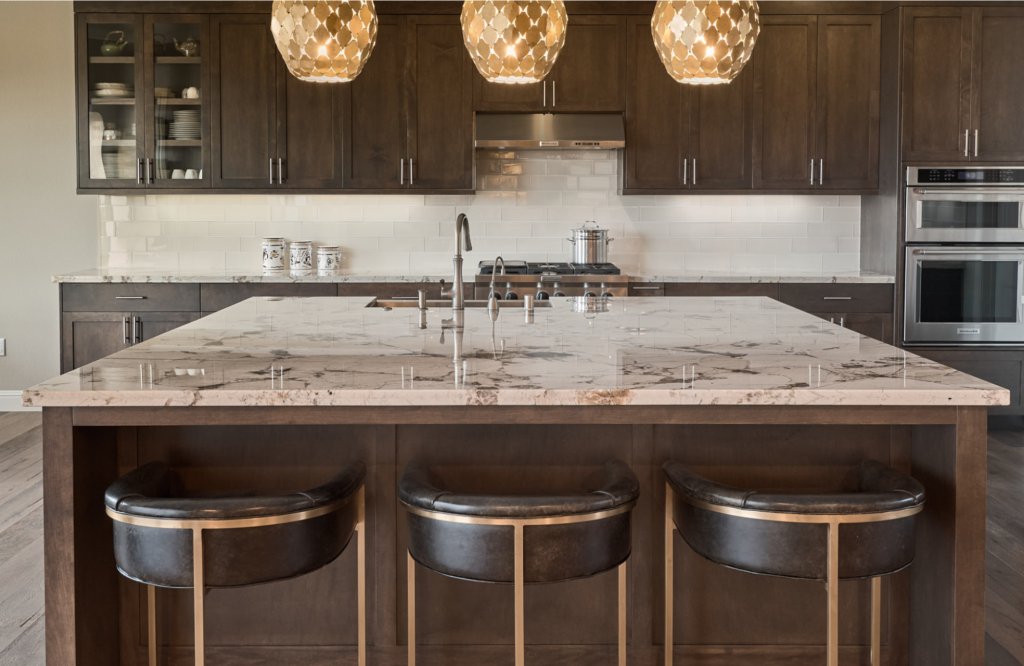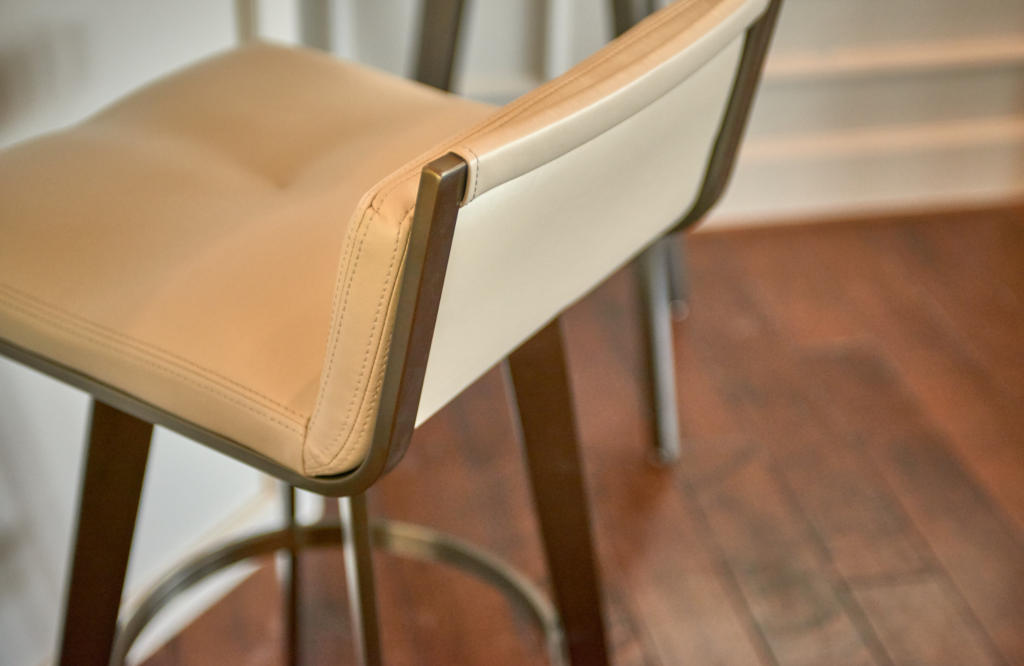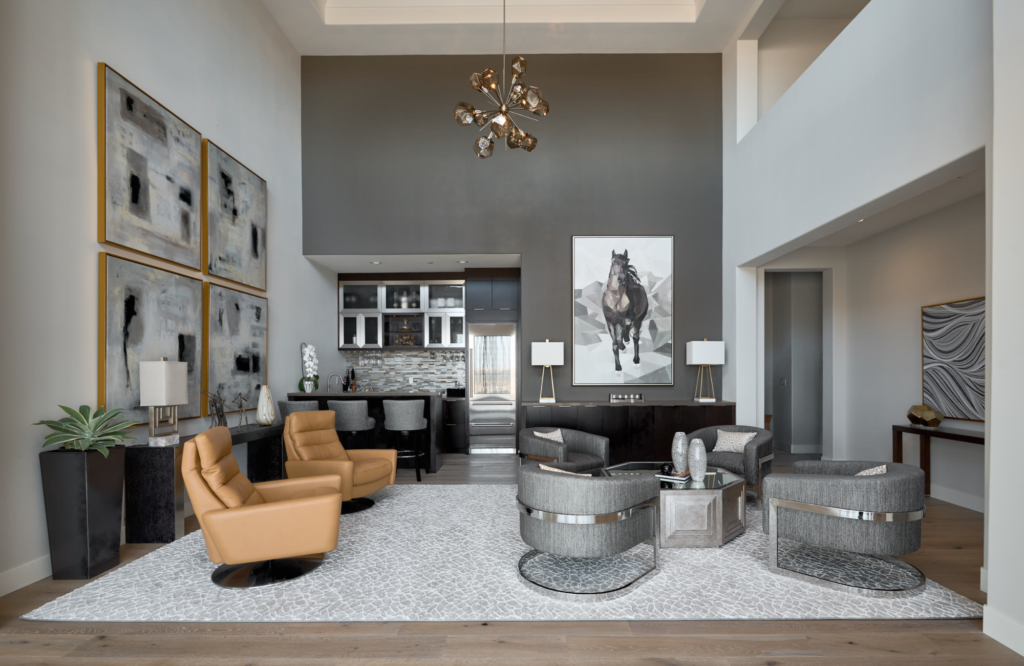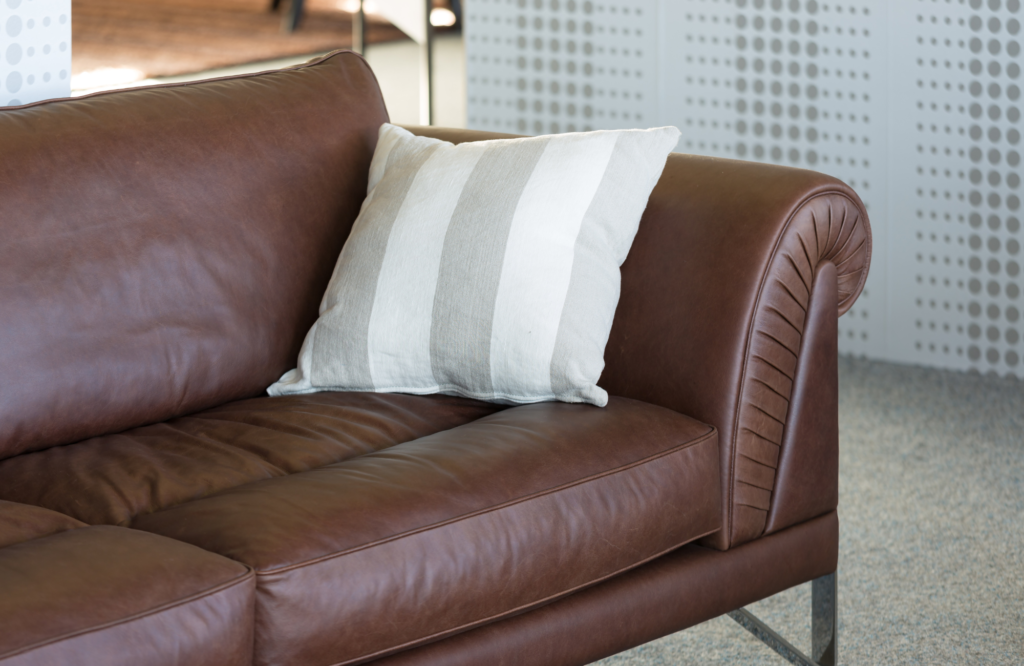
Luxury leather furniture adds a touch of sophistication and timeless elegance to any space. From classic leather sofas to chic leather accent chairs, these pieces not only elevate the aesthetic of a room but also promise durability and comfort. If you’re considering investing in luxury leather furniture, here are the top three considerations to keep in mind.
Prioritize Quality Leather
The type and quality of leather are paramount when selecting luxury furniture. Apart from faux leather, also known as synthetic or artificial leather, a vegan and man-made material designed to mimic the look and feel of genuine leather, there are six main types of genuine animal hide leather.
Full-Grain Leather
Full-grain leather, the highest quality available, retains the natural markings and character of the hide, making each piece unique. It is minimally processed, maintaining the integrity of the original hide, making it the most expensive and luxurious type of leather. With regular use, the leather absorbs oils and develops a rich patina over time.
Top-Grain Leather
Top-grain leather is also a good option, having a more uniform appearance while still providing durability. It retains the outermost layer of the hide, known as the top grain, showcasing a natural appearance. Top-grain leather has a smooth and soft texture that is comfortable to the touch. While not as soft as full-grain leather, it strikes a balance between comfort and durability.
Split-Grain Leather
Split-grain leather is often a more affordable option than full-grain or top-grain leather due to its thinner nature and the fact that it utilizes the lower layers of the hide. However, the reduced thickness also affects its durability compared to full-grain options, making it significantly more difficult to maintain.
Bonded Leather
Be wary of bonded leather, which is composed of leather scraps and may not possess the same durability and luxurious feel. This is an affordable option and is often used in big-box furniture store products.
Nubuck Leather
Nubuck leather is a premium, suede-like material created by buffing the top grain of the leather, offering a luxurious feel but requiring careful maintenance, as it is susceptible to stains and water damage.
Bi-Cast Leather
Bi-cast leather is an affordable alternative to nubuck. It is made by coating a split-grain leather base with polyurethane, providing a glossy appearance. It may require more frequent maintenance to prevent cracking or peeling of the polyurethane layer. Neither bi-cast nor nubuck withstands heavy or consistent use very well.
Understanding the different types of leather ensures that your investment is not only stylish but also stands the test of time.

Choose a Style that Compliments Your Space
Leather furniture provides an array of color choices, ranging from classic neutrals like tans, browns, and blacks to vibrant reds, yellows, and blues, ensuring diverse design possibilities. It’s crucial to note that the acceptance of color dyes varies across different types and qualities of leather, influencing the final appearance.
Additionally, the inclusion of accessories such as studs, nails, or tacks introduces a layer of personalization. These elements, available in various sizes, colors, and finishes, can transform leather furniture, offering the flexibility to create either a modern or rustic aesthetic, depending on individual style and preferences.
Pay attention to details such as stitching patterns and decorative elements to ensure the piece aligns with your desired style.

Keep Maintenance in Mind
While your leather furniture won’t demand much attention in a typical home setup, occasional cleaning becomes crucial, especially in an active household with kids or pets. Follow these practical guidelines for long-lasting furniture maintenance: dust regularly with a soft, lint-free cloth, vacuum gently to prevent premature wear, and wipe away spills using a soft, moist cloth with a mild soap solution if necessary.
Avoid using household detergents, wax, polish, or abrasive cleaners, as they can damage the leather surface. In case of scuffs, scratches, damage, or color changes, seek advice or repair from a leather specialist rather than attempting DIY solutions, as self-repairs may compromise the furniture’s lifespan.
Owning leather furniture necessitates a commitment to regular maintenance to uphold its quality and appearance. Buyers should pay attention to the specific care instructions provided by manufacturers or retailers to prevent issues such as drying, cracking, or discoloration. This may involve routine cleaning, conditioning, and protection measures.
Additionally, understanding the type of leather and its unique characteristics is crucial, as different varieties may require distinct care approaches. Adhering to these care ‘rules’ ensures that the investment in leather furniture remains a source of enduring beauty and functionality in the home.

Investing in Leather
Investing in luxury leather furniture is a decision that combines aesthetics, quality, and functionality. By prioritizing the quality of leather, selecting a style that complements your taste and space, and ensuring comfort and functionality, you can create a luxurious and inviting atmosphere in your home.
Whether it’s a timeless leather sofa or a chic leather recliner, these considerations will guide you toward making a choice that enhances both the beauty and comfort of your living space. Choosing custom, luxury leather furniture is a substantial investment that adds both elegance and durability to your space.

Take the time to carefully consider all aspects of the decision when making this stylish and enduring choice for your home. If you’re ready for a team to enhance your home with leather furnishings, we’ve got your back! Contact us, and let’s get to know each other.
Warmly,
Sheeja

